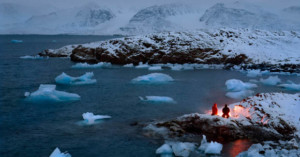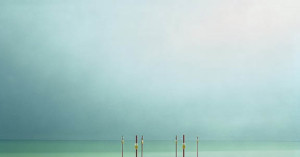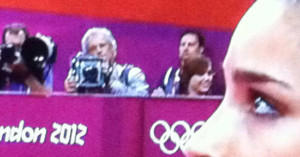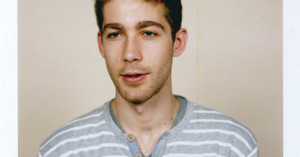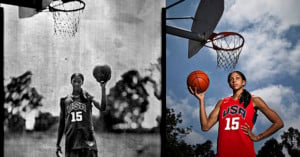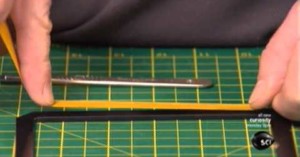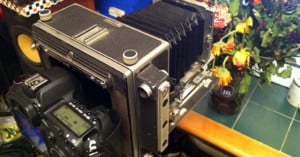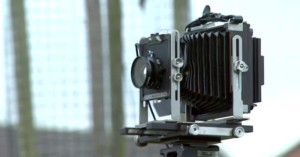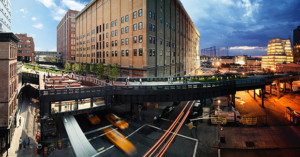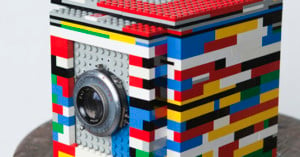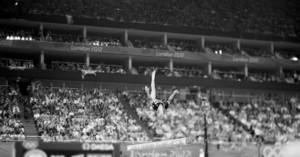
David Burnett’s Speed Graphic Photos of the London 2012 Olympics
Last August, we wrote about how renowned photojournalist David Burnett was spotted using a large format camera at the London Olympics. If you've been wondering how the photographs turned out, today's your lucky day.
Here's an inside look at how Burnett's project came to be, and the beautiful images that resulted.
